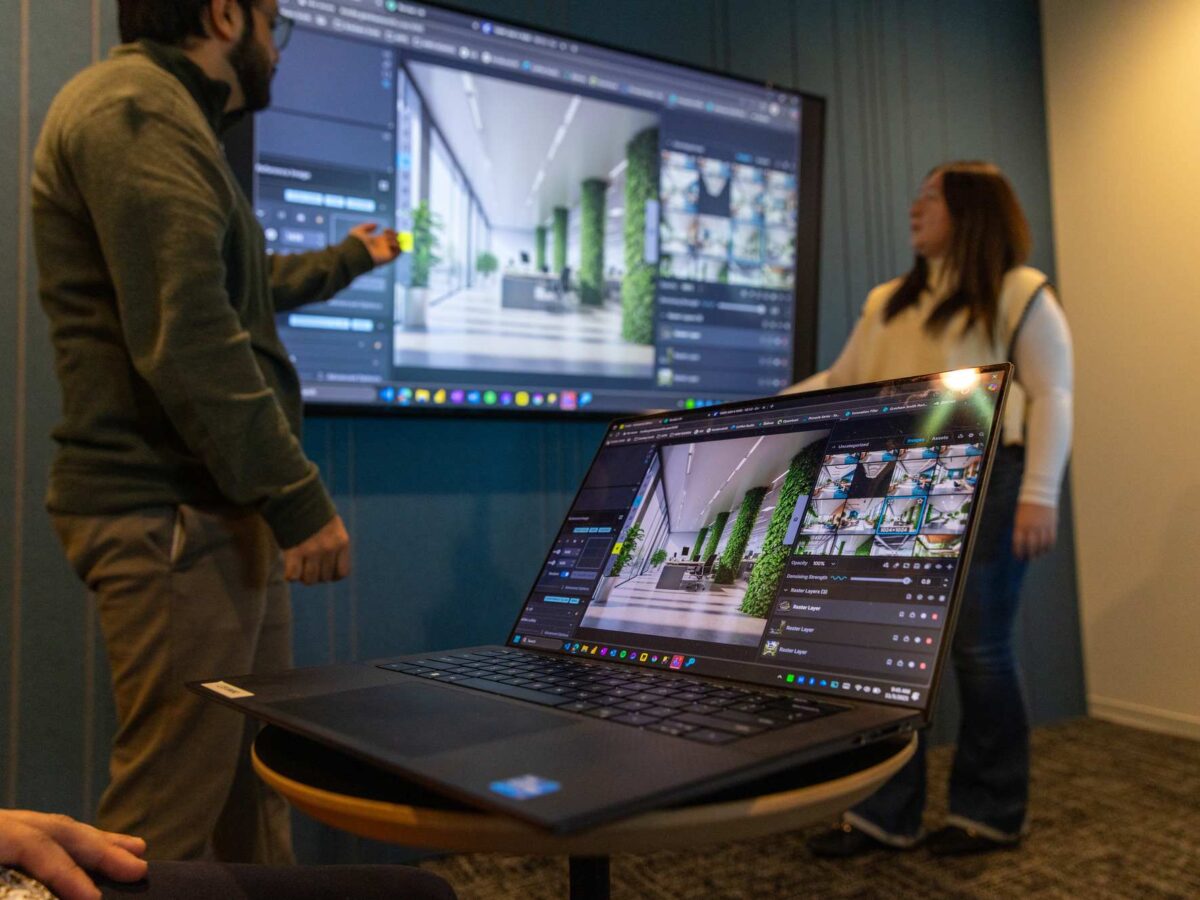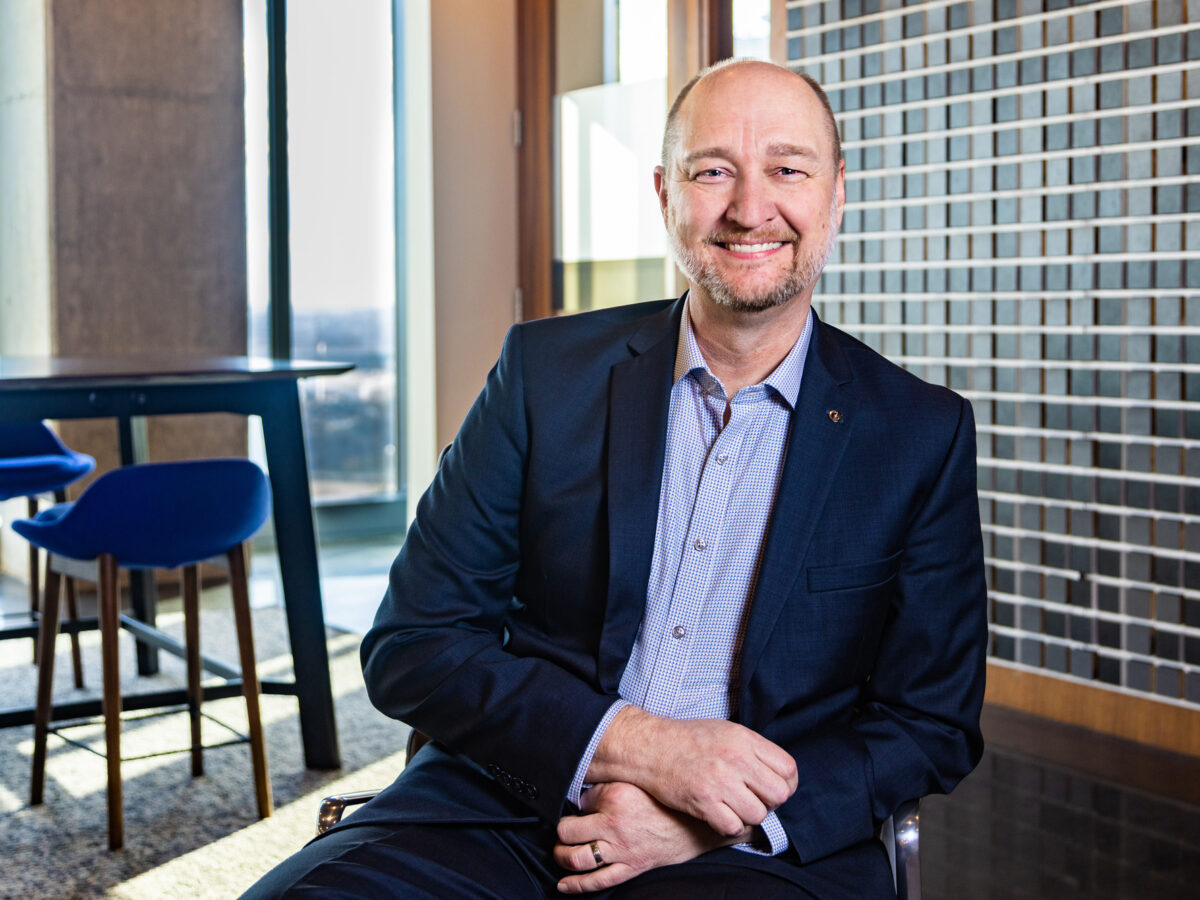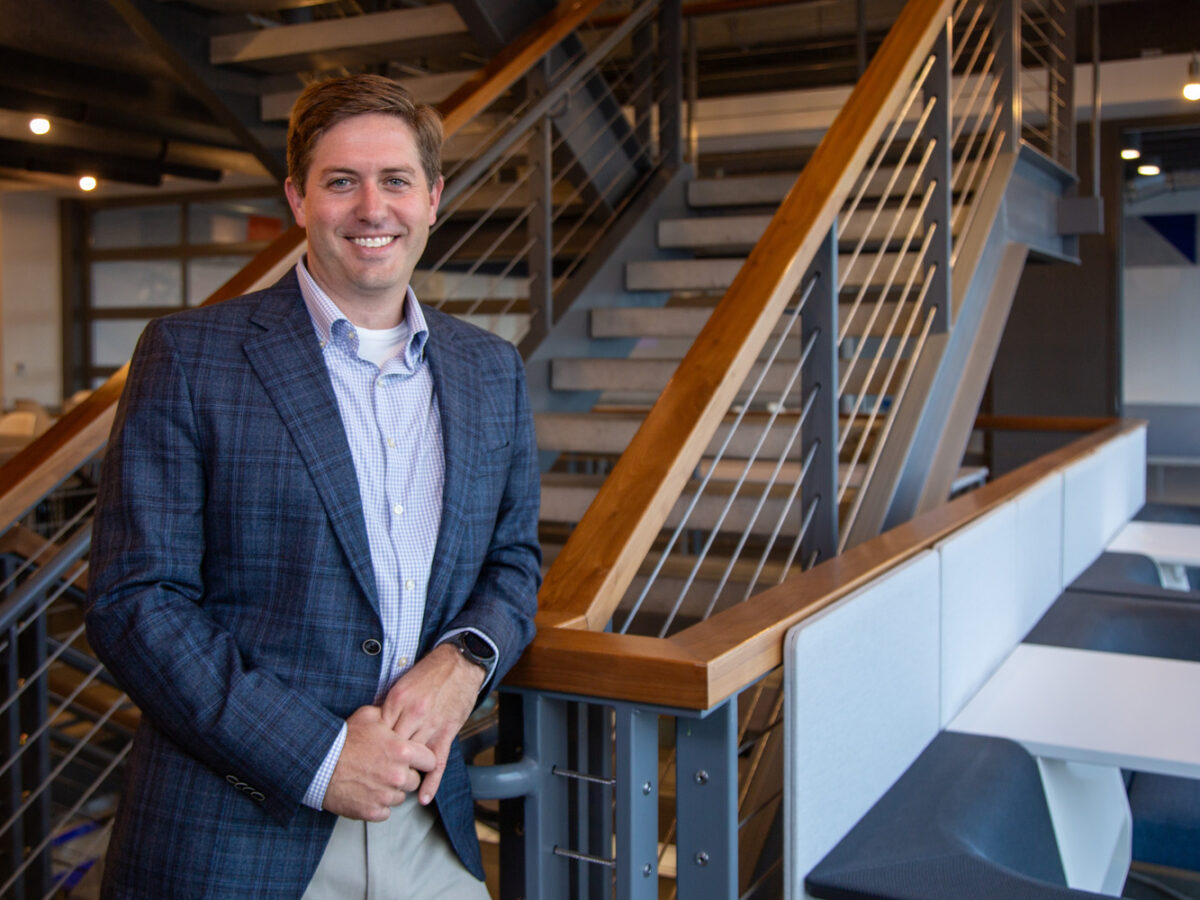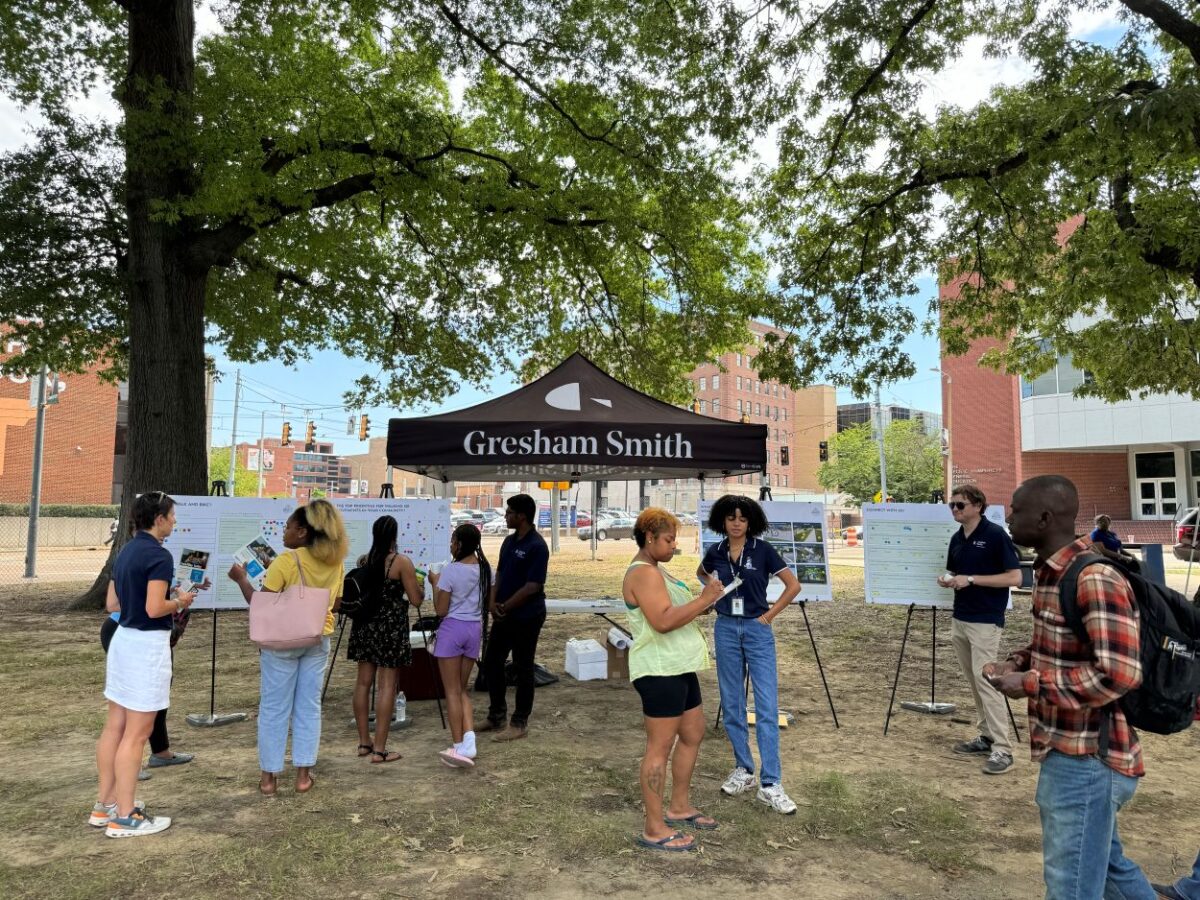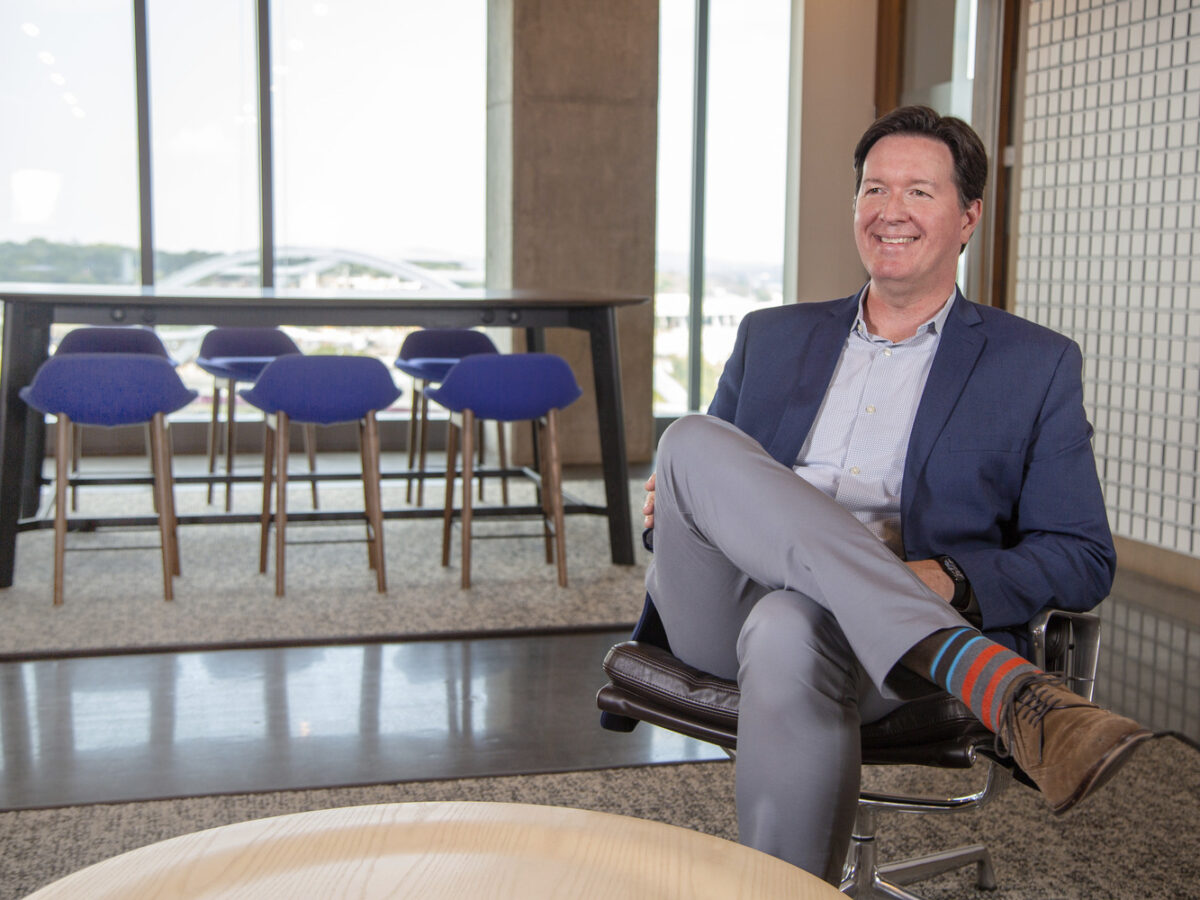Before the interview, before the portfolio review, and often before you’ve even had a chance to introduce yourself, your resume speaks on your behalf.
In the world of architecture, engineering, planning, and design, every one of us contributes to shaping communities, whether it’s an architect reimagining a downtown corridor, an interior designer creating spaces that improve daily life, or a civil engineer designing resilient infrastructure. But how do you show that on a single page? And what do recruiters really notice when your resume lands in our inbox?
As part of our Recruiter’s Playbook series, let’s break down how we review resumes, what makes one stand out, and why the story you tell beyond the page matters just as much.

Details Matter (Even the Small Ones)
When we open a resume, we’re not looking for flashy fonts or elaborate templates. What really catches our attention (in a good way!) is simplicity: a document that’s clean, scannable, and free of visual clutter. Even elements that seem small, like how you title your resume file or craft your email subject line, tell us a lot. A resume named “FirstName_LastName_Resume.pdf” signals a knack for organization and a subject line like “Civil Engineer – Site Design Application” is more effective than something generic like “Resume Submission.”
In the AEC industry, details matter and your resume should reflect that same precision.
Telling the Story Behind the Work
A question we often ask ourselves when reviewing an application is: “Can I clearly see what this person did and why it mattered?”
A strong resume doesn’t simply list tasks or where you worked; it illustrates how your work mattered and the impact you made. Rather than just listing every job you’ve done, tell us about the projects where you made an impact:
- Architects might highlight how they helped shape a public library that became a true community hub.
- Interior designers could talk about reimagining a healthcare space to improve patient comfort and staff efficiency.
- Planners might describe leading a community engagement session that influenced a new mobility plan.
- Civil engineers really shine when they explain specifics:
- Did you design roadway improvements that made intersections safer for drivers and pedestrians?
- Have you developed stormwater systems that protected neighborhoods during heavy rains?
- Or maybe you coordinated grading and drainage plans for a commercial site, making sure architects and contractors were all aligned.
By anchoring your experience in outcomes and impact, you help us picture how you would fit in with our firm.

Red Flags: What We Watch For
If you’ve ever worried about gaps in your work history or a couple of job changes, there’s good news: we don’t see those as dealbreakers. We understand that careers aren’t always linear and what matters most is what you’ve learned, how you’ve contributed, and where you’re headed now.
So what does get our attention for the wrong reasons? Resumes that feel rushed or vague are the ones that raise flags. Typos, inconsistent formatting, and generic descriptions suggest a lack of care. Think of your resume like a project submittal: would you send in a spec sheet riddled with errors? We want to see that attention to detail is consistent throughout your work and your resume can be the first evidence of that.
Our advice? Keep it concise, proofread carefully, and make your experience come to life through clear, contextual details. That’s more impactful than obsessing over having the “perfect” resume.
Looking Beyond the Page
We know your resume only tells part of the story.
We read it to learn what you’ve done, but conversations reveal who you are. What kind of teammate are you? How do you solve problems? What do you bring to the table when challenges arise? In a collaborative field like ours, these questions are very important.
In our industry, teamwork is everything. Take a water treatment facility. A civil engineer designs the conveyance, treatment processes, and site systems that ensure safe, reliable water delivery. An architect shapes the control building, laboratories, and operations spaces so they’re efficient and adaptable for the future. An interior designer ensures those interior spaces support staff well-being, whether it’s through natural light, intuitive layouts, or durable finishes.
On their own, these contributions are valuable. But woven together, they produce more than just a functioning facility. They create a place that’s resilient, sustainable, and designed with the people who run it in mind.
At Gresham Smith, we look for people who will embody our Core Values:
- Respect – Do you approach projects and people with professionalism and empathy, valuing every voice at the table?
- Teamwork – Do you thrive when working side-by-side with colleagues from other disciplines, knowing the best ideas often come when we create together?
- Integrity – Do you follow through on commitments, own your work, and make choices that build trust?
- Commitment – Do you bring persistence and dedication to the work, not just in meeting deadlines but in helping create places that truly improve lives?
These don’t always show up on a resume, but they make a lasting impression in conversation and in practice.
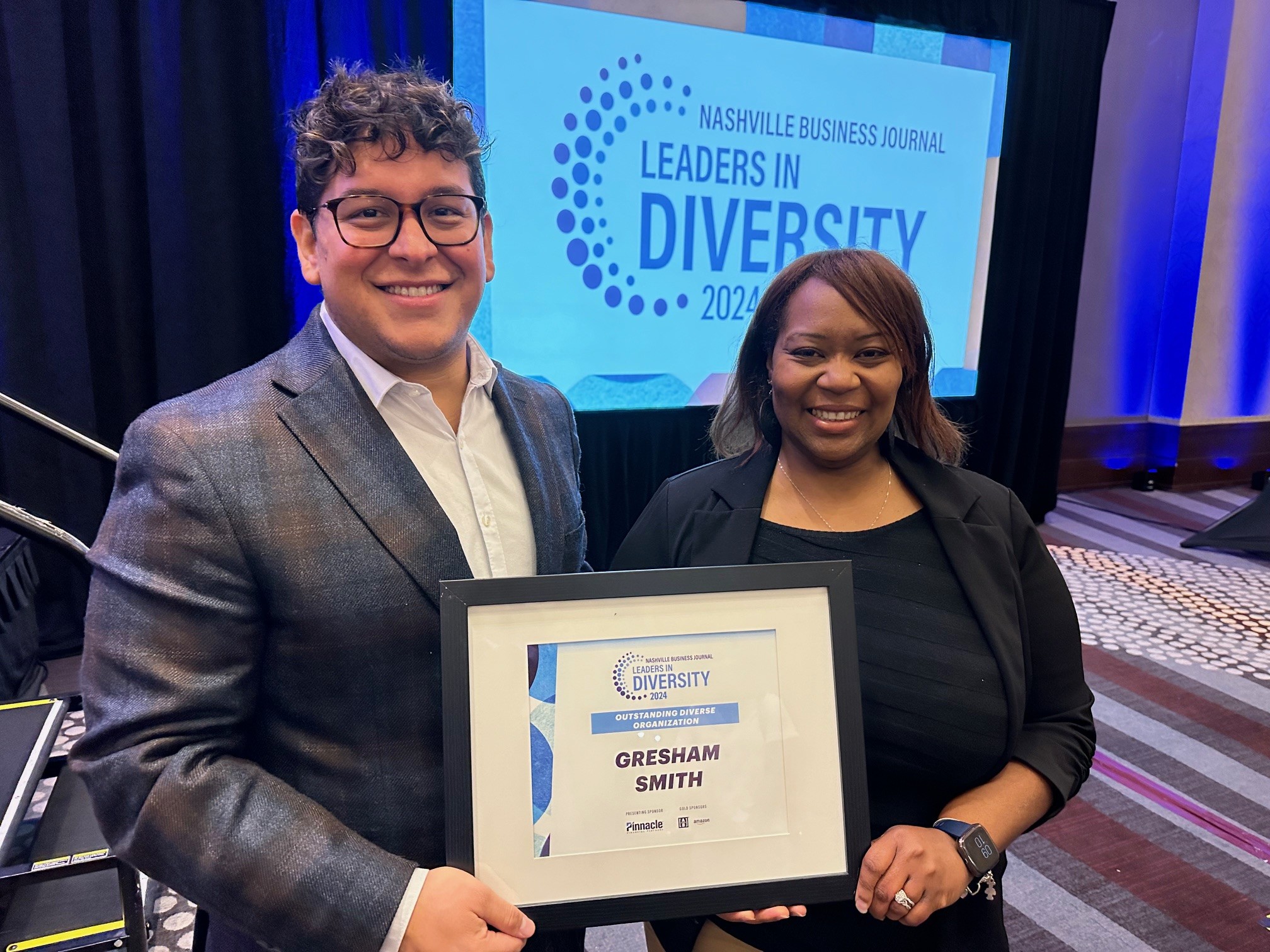
Turning First Impressions into Lasting Impressions
So, what really makes a resume stand out? Clarity, context, a touch of personality, and above all, the ability to help us see your story, how your work shaped the projects you’ve been a part of, and how your perspective might shape projects to come.
In the end, your resume is just a doorway. What matters most is the way you bring respect, teamwork, integrity, and commitment into the work we do together.






